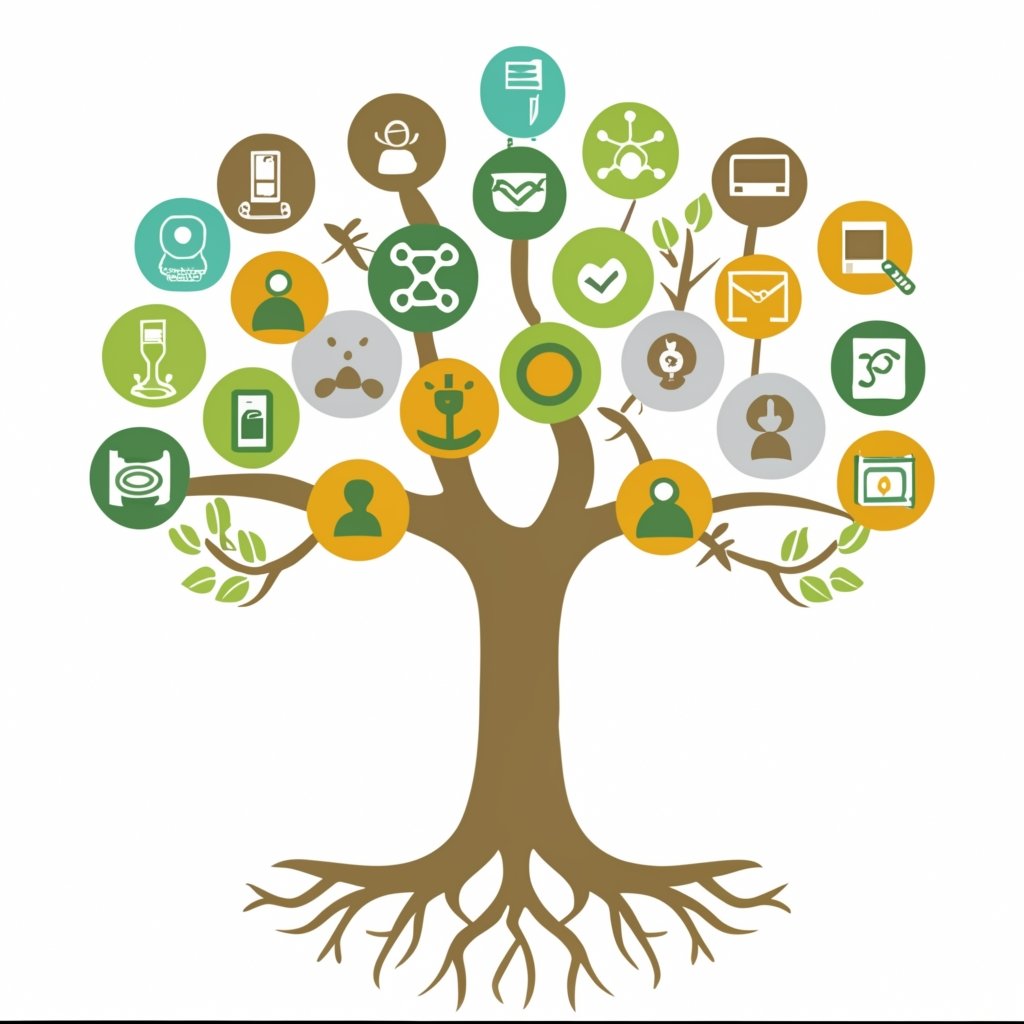The Diffusion of Innovations theory, proposed by Everett Rogers in 1962, is a seminal framework that elucidates how new ideas, products, and technologies spread within a society. This theory has found broad applications in various fields, from marketing to sociology, offering valuable insights into the dynamics of adoption and acceptance of innovations.

Key Elements of Diffusion of Innovations Theory:
- Innovations: Innovations are novel ideas, products, or technologies that challenge existing norms and practices. They can range from groundbreaking technological advancements to novel social concepts.
- Communication Channels: The channels through which information about innovations is disseminated play a crucial role in their adoption. These channels can be mass media, interpersonal communication, or digital platforms.
- Social System: The social system comprises individuals, groups, and institutions that interact within a society. The adoption of innovations is influenced by social structures, cultural norms, and interpersonal relationships.
- Time: The diffusion process takes place over time, and the rate of adoption varies. Innovations can spread rapidly or gradually, depending on factors such as complexity, compatibility, and relative advantage.
- Adopter Categories: Rogers classified adopters into five categories based on their willingness to embrace innovations: innovators, early adopters, early majority, late majority, and laggards. Each group has distinct characteristics influencing their adoption behavior.
The Five Stages of Diffusion of Innovation Theory:
- Knowledge: The first stage involves individuals gaining awareness of an innovation’s existence and understanding its basic features. This is often facilitated through communication channels like media or personal interactions.
- Persuasion: In this stage, potential adopters seek more information to assess the innovation’s value. They weigh its benefits against its costs and potential risks, often relying on the opinions of early adopters.
- Decision: Adopters make a decision to either embrace or reject the innovation based on their assessment. Factors such as compatibility with existing practices and perceived advantages play a significant role in this stage.
- Implementation: Here, adopters put the innovation into practice and use it in real-world scenarios. This stage helps determine the innovation’s effectiveness and may lead to modifications or discontinuation.
- Confirmation: The final stage involves evaluating the outcomes of adopting the innovation. Positive experiences reinforce its continued use, while negative experiences can lead to abandonment or discontinuation.
Example of Diffusion of Innovation Theory:
A prime example of the Diffusion of Innovations theory in action is the adoption of smartphones. When smartphones were introduced, innovators and early adopters were quick to embrace this technological advancement, showcasing its novel features and capabilities. As the technology matured and gained more mainstream attention, the early majority followed suit, recognizing the convenience and utility of smartphones. Gradually, even late majority and laggards adopted smartphones as they became integral to communication and daily tasks. This progression through the stages illustrates the diffusion process in a modern context.
TO NOTE:
- The Diffusion of Innovations theory explains how new ideas spread within a society, impacting various sectors.
- Key elements include innovations, communication channels, the social system, time, and adopter categories.
- The five stages are knowledge, persuasion, decision, implementation, and confirmation.
- The adoption of smartphones exemplifies the theory’s application in real life.
References:







